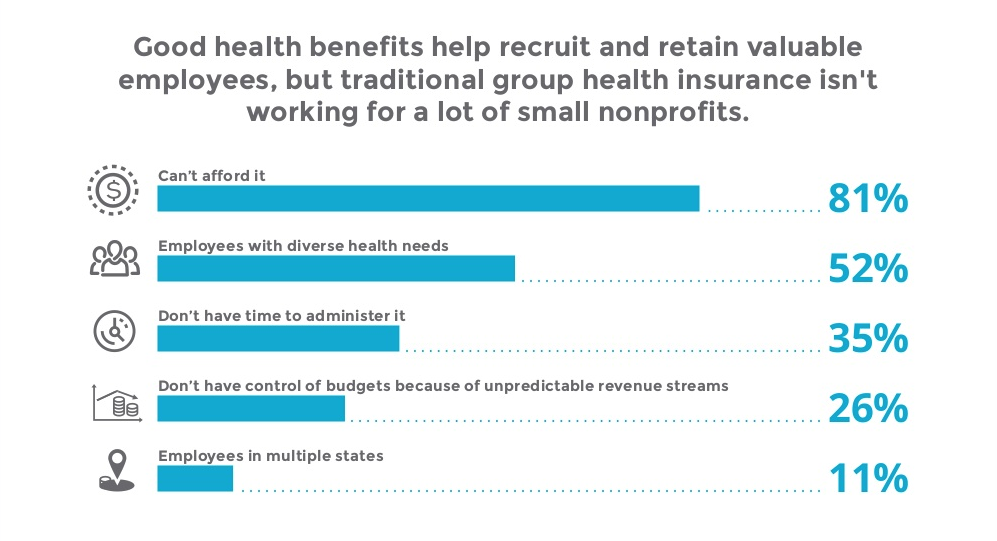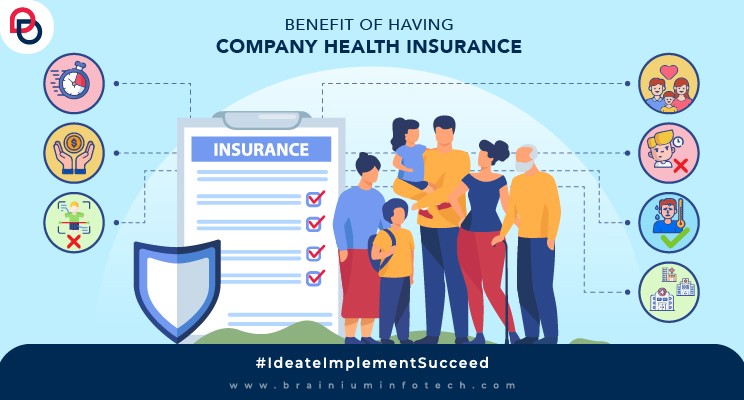The Best Guide To Medicare Advantage Agent
The Best Guide To Medicare Advantage Agent
Blog Article
The Best Strategy To Use For Medicare Advantage Agent
Table of ContentsThe 20-Second Trick For Medicare Advantage AgentHow Medicare Advantage Agent can Save You Time, Stress, and Money.The Only Guide to Medicare Advantage Agent

complies with from puzzling the reasonably young age profile of the uninsured with the much better wellness, on average, of younger individuals. This obscures the web link between health condition and health insurance coverage. For those without access to work environment medical insurance, poor health and wellness is a potential barrier to purchasing nongroup coverage because such insurance coverage may be extremely valued, leave out pre-existing conditions, or be merely inaccessible. The variety of uninsured Americans is not especially huge and has actually not changed in current years. 7 out of ten respondents in a country wide representative study believed that fewer Americans did not have wellness insurance policy than really do(Fronstin, 1998). Approximately fifty percent(47 percent )believed that the variety of people without health and wellness insurance coverage reduced or stayed continuous over the last half of the last years(Blendon et al., 1999). This drop of virtually 2 million in the variety of people 'without insurance coverage (a decrease
of around 4 percent)is certainly a positive change. With a softer economy in 2000 the most up to date reported gains in insurance policy coverage might not proceed(Fronstin, 2001 ). The decline in the variety of uninsured will certainly not proceed if the economy continues to be slow and wellness treatment expenses proceed to surpass inflation. This is due to the fact that the information were gathered for a period of strong economic performance. Of the estimated 42 million people who were uninsured, almost concerning 420,000(concerning 1 percent)were under 65 years of age, the age at which most Americans come to be qualified for Medicare; 32 million were adults in between ages 18 and 65, about 19 percent of all grownups in this age group; and 10 million were kids under 18 years of age, regarding 13.9 percent of all youngsters (Mills, 2000). These quotes of the variety of individuals uninsured are produced from the yearly March Supplement to the Present Population Study (CPS), carried out by the Demographics Bureau. Unless otherwise kept in mind, national price quotes of individuals without medical insurance and proportions of the population with various sort of protection are based on the CPS, the most commonly used resource of quotes of insurance policy protection and uninsurance prices. These surveys and the quotes they produce are described briefly in Table B. 1 in Appendix B - Medicare Advantage Agent. These surveys vary in dimension and tasting methods, the inquiries that are inquired about insurance
The Ultimate Guide To Medicare Advantage Agent
coverage, and the time period over which insurance protection or uninsurance is determined(Lewis et al., 1998, Fronstin, 2000a ). Still, the CPS is particularly valuable because it produces yearly price quotes fairly swiftly, reporting the previous year's insurance protection approximates each September, and because it is the basis for a consistent collection of estimates for greater than two decades, permitting evaluation of fads in protection gradually.

What Does Medicare Advantage Agent Mean?
Over a three-year duration beginning early in 1993, 72 million people, 29 percent of the united state populace, were without protection for at the very least one month. Within a solitary year(1994), 53 million people experienced at least a month without protection(Bennefield, 1998a). Six out of every 10 uninsured adults are themselves employed. Although working does enhance the probability that a person and one's relative will certainly have insurance, it is not a warranty. Even participants of family members with two full time wage income earners have almost a one-in-ten possibility of being uninsured (9.1 percent without insurance rate)(Hoffman and Pohl, 2000 ). The relationship in between medical insurance and access to care is well established, as recorded later in this phase. Although the connection between health insurance coverage and wellness results is neither direct nor basic, a substantial clinical and wellness services research study literary works web links wellness insurance policy coverage
to better accessibility to care, better high quality, and boosted individual and population health condition. As an example, the second report, on personal health results for uninsured adults, is represented by the inner circle of the figure, while the 3rd record, on household well-being, encompasses the subjects of the second report but highlights a different device of analysis, namely, the family members. The sixth record in the series will present info regarding strategies and campaigns taken on in your area, statewide, or nationally to address the lack of insurance policy and its damaging impacts. Levels of evaluation for checking out the impacts of uninsurance. This conversation of health insurance protection focuses mainly on the U.S. population under age 65 due to the fact that essentially all Americans 65 and older have Medicare or various other public insurance coverage.
Moreover, it focuses specifically on those without any type of medical insurance for any kind of length of time. The troubles dealt with by the underinsured remain in some aspects similar to those encountered by the without insurance, although they are generally much less extreme. Uninsurance and underinsurance, nonetheless, involve clearly various plan concerns, and the strategies for addressing them might vary. Throughout this research study and the five records to comply with, the main emphasis is on persons without health insurance coverage and hence no aid in spending for healthcare past what is offered with charity and safeguard organizations. Medical insurance is an effective factor impacting receipt of treatment since both clients and physicians react to the out-of-pocket cost of services. Medical insurance, however, is neither essential nor sufficient to get to clinical services. The independent and straight result of wellness
insurance coverage on access accessibility health services is well establishedDeveloped Others will get the health and wellness treatment they require also without health insurance coverage, by paying for it expense or seeking it from carriers that supply care free or at very subsidized rates. For still others, medical insurance alone does not make certain receipt of care due to various More hints other nonfinancial obstacles, such as a lack of healthcare carriers in their community, minimal accessibility to transport, illiteracy, or linguistic and cultural differences. Official research concerning without insurance populaces in the United States dates to the late 1920s and very early 1930s when the Committee on the Price of Medical Treatment generated a collection of records concerning financing physician workplace sees and hospitalizations. This issue became prominent as the varieties of medically indigent climbed throughout the Great Clinical depression. Empirical researches continually support the web link between access to care and improved wellness outcomes(Bindman et al., 1995; Starfield, 1995 ). Having a routine source of treatment can be taken into consideration a forecaster of access, instead of a straight step of it, when wellness results are themselves used as gain access to signs. This extension of the idea of accessibility measurement was made by the IOM Committee on Monitoring Access to Personal Healthcare Provider(Millman, 1993, p. Whether moms and dads are guaranteed shows up to affect whether or not their children obtain care in addition to just how much careeven if the children read themselves have insurance coverage(Hanson, 1998). The wellness of moms and dads can impact their capability to care for their kids and the level of family tension. Fretting about their kids's accessibility to care is itself a source of tension for parents. 3 chapters comply with in this record. Phase 2 supplies an introduction of how employment-based medical insurance, public programs and private insurance coverage policies operate and communicate to supply extensive yet insufficient coverage of the U.S. populace. This consists of an evaluation of historic fads and public laws influencing both public and personal insurance, a discussion of the interactions among the different types of insurance policy, and an assessment of why people move from one program to another or finish up

Report this page